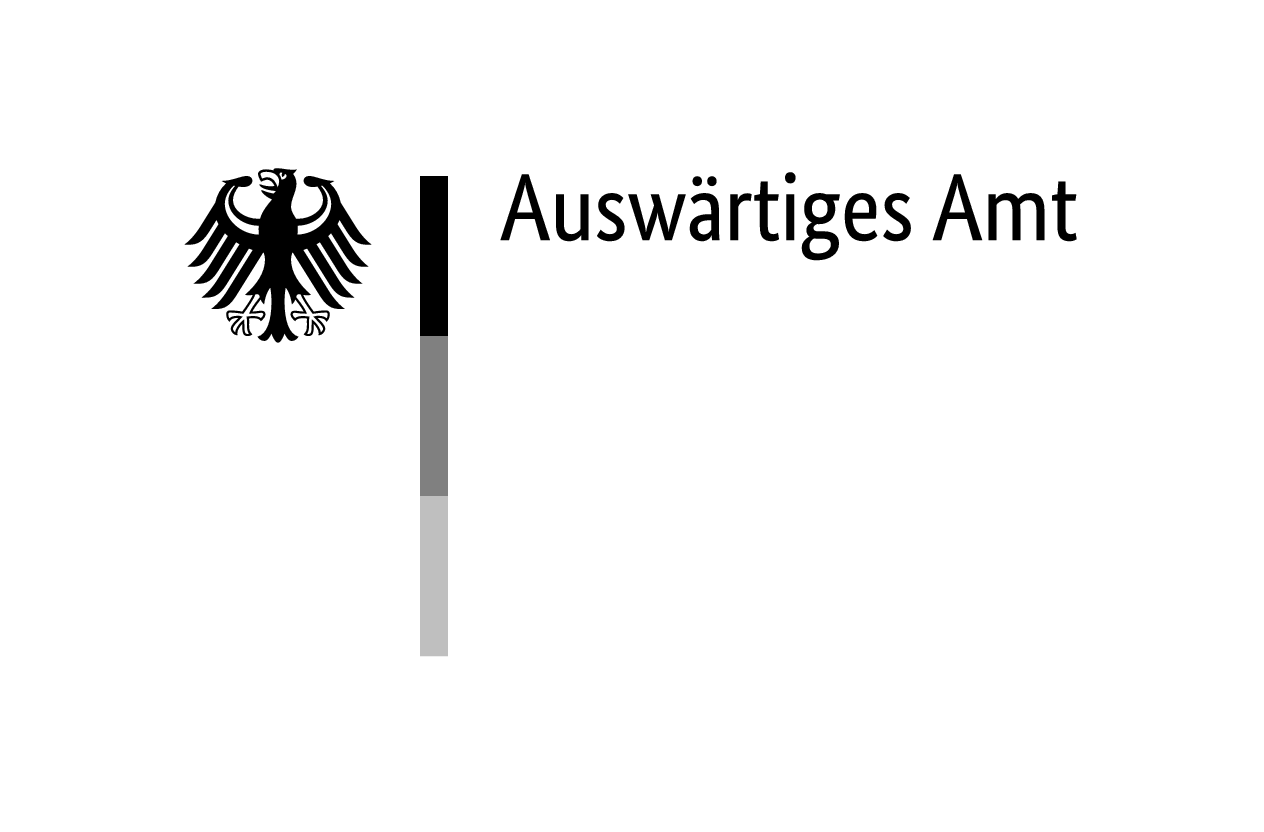The former French territories Alsace and Moselle were annexed to Germany in 1940 and subjected to fierce Germanisation policies that affected many Sinti, Manouches and Yenish people living in this Rhine borderland area. Racial persecutions conducted by criminal police departments culminated in the deportation of persons labelled ‘Gypsies’ (‘Zigeuner’) from Strasbourg and Saarbrücken to Auschwitz-Birkenau concentration and extermination camp in March 1943.
Evacuation, Immobilisation and Detention
When the civilian population living near the French border was evacuated in anticipation of a German military invasion, the French authorities evacuated individuals designated ‘nomades’ according to the 1912 legislation separately from the rest of the population. On 19 September 1939, shortly after war was declared, the Bas-Rhin prefecture issued a removal order specific to ‘basket makers’ (‘vanniers’). In late November, a transport composed exclusively of families described as ‘itinerant musicians’ from Northern Alsace reached Migné, a rural city located in the Indre department. Similarly, 54 ‘nomades’ from Forbach in Moselle were sent, probably to forced residence, to a site in Angoulême known as Les Alliers, which later became a detention camp for ‘nomades’. In the Haut-Rhin department, the prefecture decided on 30 April 1940 to remove the ‘nomades’ from the area to Cernay, near Mulhouse. Described as a ‘place of concentration for nomads’, the Cernay psychiatric hospital was the transit point for organising the transfer of these families. Thus, during the first phase of the war, the French authorities treated ‘nomade’ families differently from the rest of the civilian population and evacuated them to specific areas in the French interior.
The Manouches, Sinti and Yenish people of Alsace and Moselle were then forcibly immobilised under the decree-law of 6 April 1940 which ordered the forced residence of ‘nomades’ throughout French territory. In Aubusson, for example, many Alsatian individuals were subjected to forced residence. Following the establishment of the Vichy regime and the issuance of the 28 September 1940 circular, many of these evacuees from Alsace and Moselle were interned as ‘nomades’ in camps near the Pyrenees: Agde, Argelès, Le Barcarès, Rivesaltes, and later Saliers.
Once occupied by German troops, Alsace and Moselle were progressively annexed de facto to the German Reich and formed new territorial entities: the Gau Oberrhein united Baden and Alsace with Strasbourg as its capital and the Gau Westmark, formed by the Saar and the Moselle, was centred in Saarbrücken. Between the summer and the winter of 1940, these spaces were subjected to harsh expulsion policies targeting populations deemed ‘undesirable’.
Einsatzgruppe III led by Gustav Adolf Scheel (1907–1979) was responsible for carrying out this task in Alsace. On 1 July 1940, Scheel ordered a census of ‘professional criminals and asocial individuals present in Alsace with a view to their surveillance and subsequent evacuation’.1National Archives and Records Administration (NARA), T175513, Befehlshaber der Sipo und des SD, Einsatzgruppe III, Abt. IV, Straßburg, 1 July 1940. The next day, he instructed the establishment of two transit camps and one concentration camp to implement the expulsions. In this context, he listed the groups of people to be deported to French territory, explicitly naming ‘Jews’ and ‘Gypsies’ before other people considered ‘undesirable’, such as ‘professional criminals’ or ‘asocials’.2Bundesarchiv Berlin, R 83 E 1, Befehlshaber der Sipo und des SD, Einsatzgruppe III – Häu., Einrichtung von Durchgangs- und Konzentrationslagern, Straßburg, 2. Juli 1940. On 14 August 1940, a memo from the Strasbourg police specified the details of this operation and stated that families identified as ‘Gypsy’ (‘Zigeuner’) had to be transferred to the Schirmeck-Vorbruck security camp, which had been opened a few days earlier. To identify ‘Gypsies’, the German police forces relied on the archives produced by the French administration on ‘nomades’ but also carried out investigations on the ground.
In November 1940, a new wave of expulsions targeting ‘undesirable elements’ was organised by the German police. Based on the information collected by the gendarmeries, the police services identified and expelled 664 individuals deemed ‘undesirable’ from the Strasbourg region to unoccupied France in December 1940. Many of them were then interned as ‘Alsatian nomads’ in camps in south-western France.
Repressive Police Measures and Registration
During the summer of 1941, repressive policies against Sinti and Roma developed a distinct trajectory, as ‘Gypsies’ were no longer mixed with other categories of ‘undesirables’. Police actions against ‘Gypsies’ were implemented simultaneously in Alsace and Moselle by the respective criminal police departments in Strasbourg and Metz. In June 1941, the Metz criminal police ordered the arrest of foreign ‘Gypsies’ and their expulsion to France, while German ‘Gypsies’ were to be conducted to the police station for registration. At the same time, the December 1937 decree on the preventive fight against crime was extended to Alsace on 9 July 1941. Two days later, the Strasbourg criminal police requested the comprehensive registration and racial categorisation of ‘Gypsies’ and ‘mixed-race Gypsies’ (‘Zigeunermischlinge’). But the results of the registration projects carried out by the two police authorities remain unknown.
Although archival materials documenting the situation in the Moselle territory are fragmentary, the arrest identification cards issued by the Strasbourg criminal police allow us to reconstruct the temporal sequence of the persecution of Sinti and Roma. In 1942, there was a policy shift in the police treatment of the ‘Gypsy’ population in Alsace. Until the summer of 1942, the German authorities continued to organise expulsion transports to Lyon, in unoccupied France. But on 27 June 1942, the Strasbourg police ordered the implementation of a racial census to ‘definitively resolve the Gypsy question in Alsace’, deploying the same registration methods and forms previously used in the Reich to document genealogies and lifestyles. From the summer of 1942 onwards, criminal police officers labelled 105 individuals as ‘Gypsies’ with the technical support of the Racial Hygiene Research Unit (RHF). Genealogical charts compiled by the RHF racial researchers in their Berlin offices were consulted to determine the racial affiliation of Sinti and Roma living in annexed Alsace.
Deportation to Auschwitz-Birkenau
Following the criteria established by the Reich Criminal Police Office (RKPA) and the RHF during the 15 January 1943 conference on the implementation of the Auschwitz Decree, the Strasbourg criminal police organised a deportation transport comprising 61 individuals in March 1943. This group was mainly composed of Sinti of German origin who had been identified by RHF researchers as ‘Mischling’ in the prewar years, like Maria Barbara Gerste’s (1880–1943) family. The Strasbourg police gathered the arrested Sinti and Roma in a former military hospital in Kronenburg, a Strasbourg suburb, before deporting them to Auschwitz-Birkenau. As part of a simultaneous and coordinated operation across Germany, the mass deportation of Sinti and Roma in spring 1943 was also implemented in the Gau Westmark: in March, the Saarbrücken criminal police made an extensive roundup and deported 63 people from Moselle and Saar. Post-war testimonies of survivors indicated that this police action occurred on 11 March 1943. Very few deportees survived the disastrous conditions in Auschwitz.
Thus, genocidal policies against Sinti and Roma were implemented methodically in annexed Alsace and Moselle by the criminal police with the support of the RHF. Itinerant families living in this area on the eve of the war were detained in French camps as ‘nomades’ or deported to Auschwitz-Birkenau as ‘Gypsies’. A few Sinti and Roma were also sent from annexed Alsace and Moselle to concentration camps such as Ravensbrück or Dachau as ‘asocials’ during the war.
Aftermath
Up until today, official memory policies in Alsace and Moselle have remained non-existent, and the fates of persecuted Sinti, Manouches, Roma or Yenish people are made visible only by occasional Stolpersteine.




